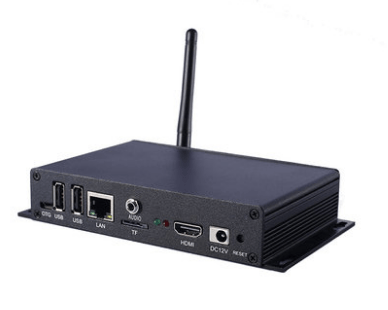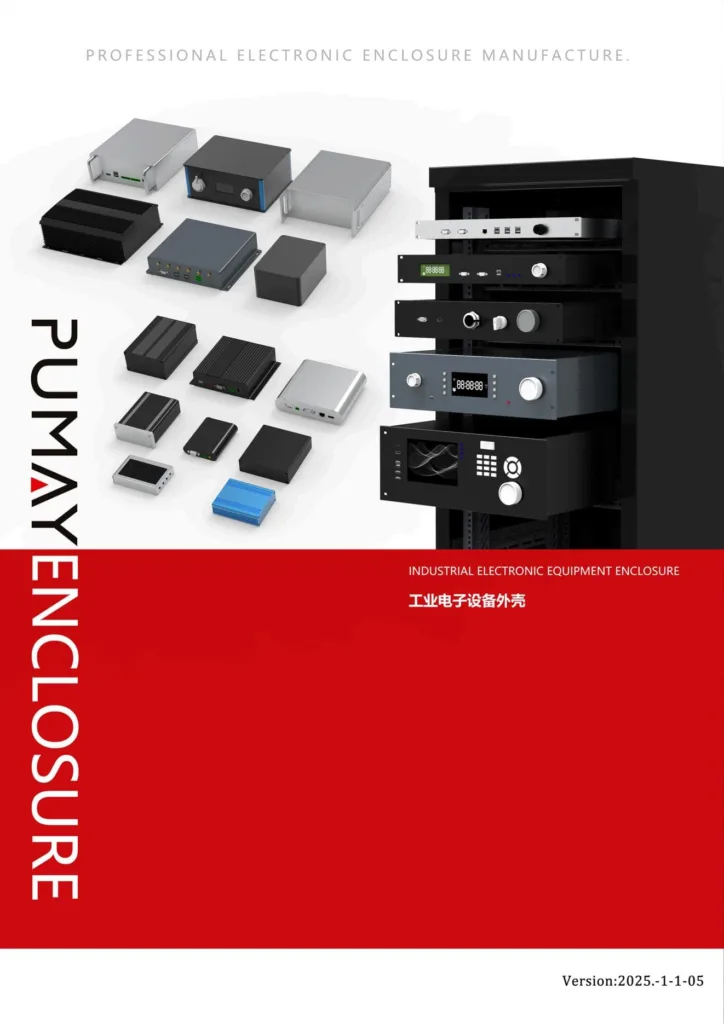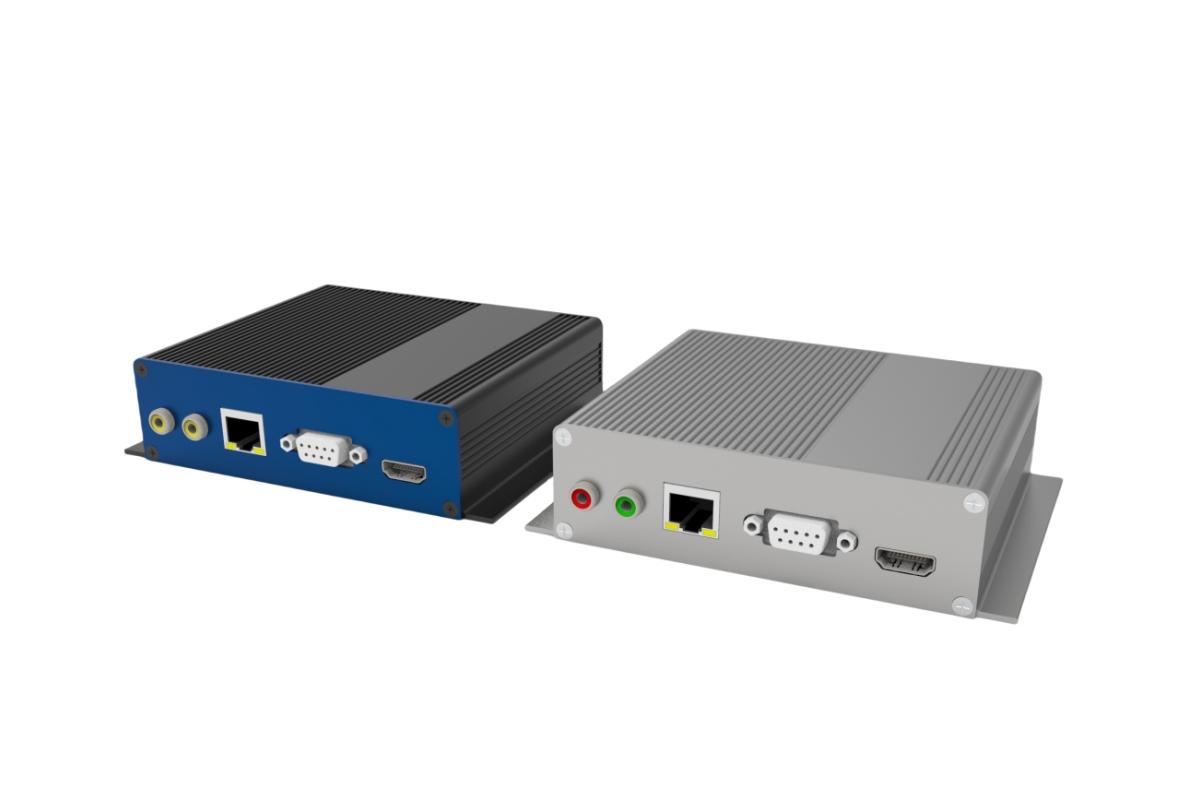
When it comes to protecting delicate electronic components, wallmount extruded aluminum enclosures offer a great blend of strength, durability, and customization. But what makes them stand out from regular enclosures?
Wallmount extruded aluminum enclosures are designed to provide superior protection for electronics, combining the benefits of aluminum’s lightweight nature with the structural integrity of extrusion.
Let’s dive into the features and advantages of these enclosures to understand why they are a preferred choice in various industries.
What is the Difference Between Regular Aluminum and Extruded Aluminum?
Regular aluminum and extruded aluminum are both made from the same metal, but their manufacturing processes and resulting properties differ significantly.
The main difference between regular aluminum and extruded aluminum lies in the manufacturing process: regular aluminum is a raw material, while extruded aluminum is a product formed by forcing aluminum through a mold.
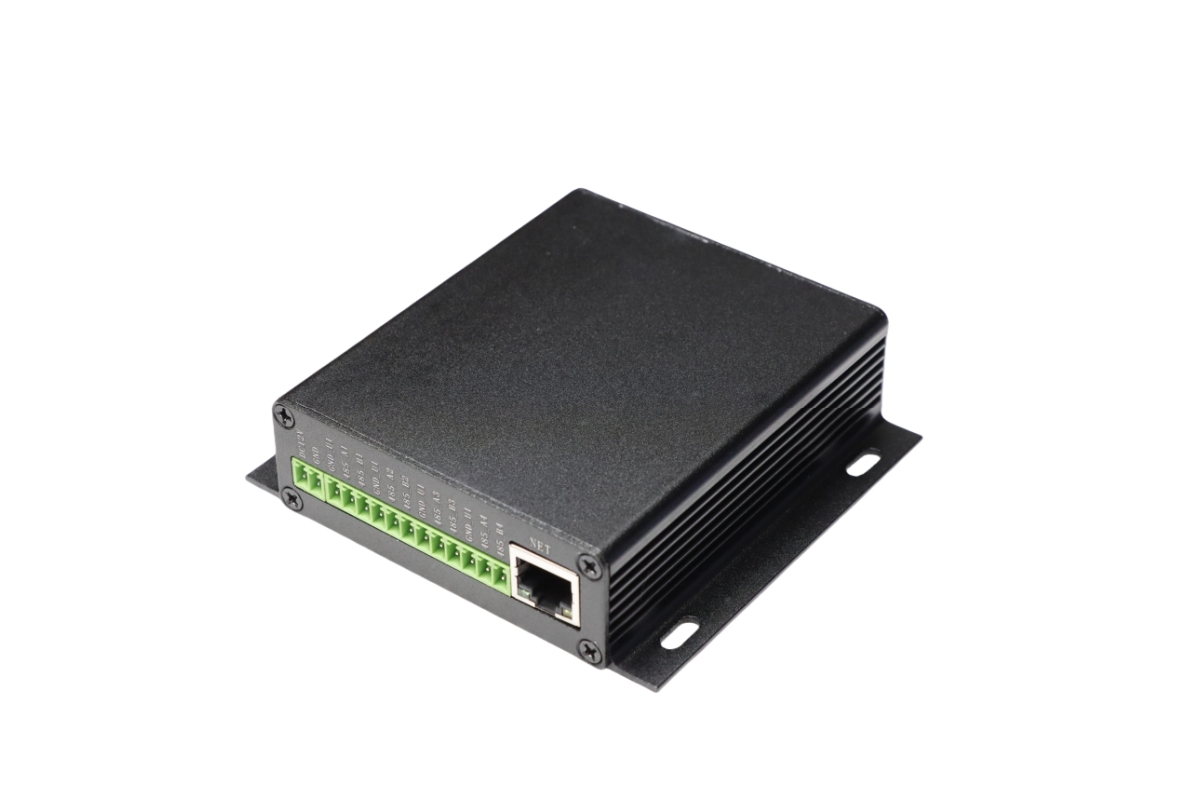
Understanding Extrusion vs. Regular Aluminum
Regular aluminum is typically used in its raw form, as sheets, foils, or billets, and can be molded, cast, or processed into various shapes. This method allows for flexibility in manufacturing, but it doesn’t necessarily give the material its most robust mechanical properties.
Extruded aluminum, on the other hand, is a specific process where the metal is forced through a die under high pressure, creating long shapes with a constant cross-section. This process gives the aluminum a unique set of mechanical advantages, including higher strength-to-weight ratios and the ability to easily create intricate shapes.
Extruded aluminum also tends to be more durable than regular aluminum due to the way it is processed. It can be designed for specific applications, like wallmount enclosures, and often features channels, grooves, or custom shapes that make it ideal for housing electrical components securely.
| Factor | Regular Aluminum | Extruded Aluminum |
|---|---|---|
| Manufacturing Process | Raw material, cast or rolled. | Forced through a die under pressure. |
| Strength | Lower compared to extruded. | High strength-to-weight ratio. |
| Durability | Varies by form. | Durable, resistant to stress. |
| Customization | Limited in shape. | Easily customizable for specific needs. |
Extruded aluminum’s ability to form custom shapes and withstand higher mechanical stresses makes it perfect for use in electronic enclosures.
What is Extruded Aluminum Frame?
An extruded aluminum frame is a structural component that is produced through the aluminum extrusion process. These frames are commonly used in applications requiring strong, lightweight, and durable enclosures or supports.
An extruded aluminum frame is a long, continuous piece of aluminum with a profile that fits the requirements of the application.
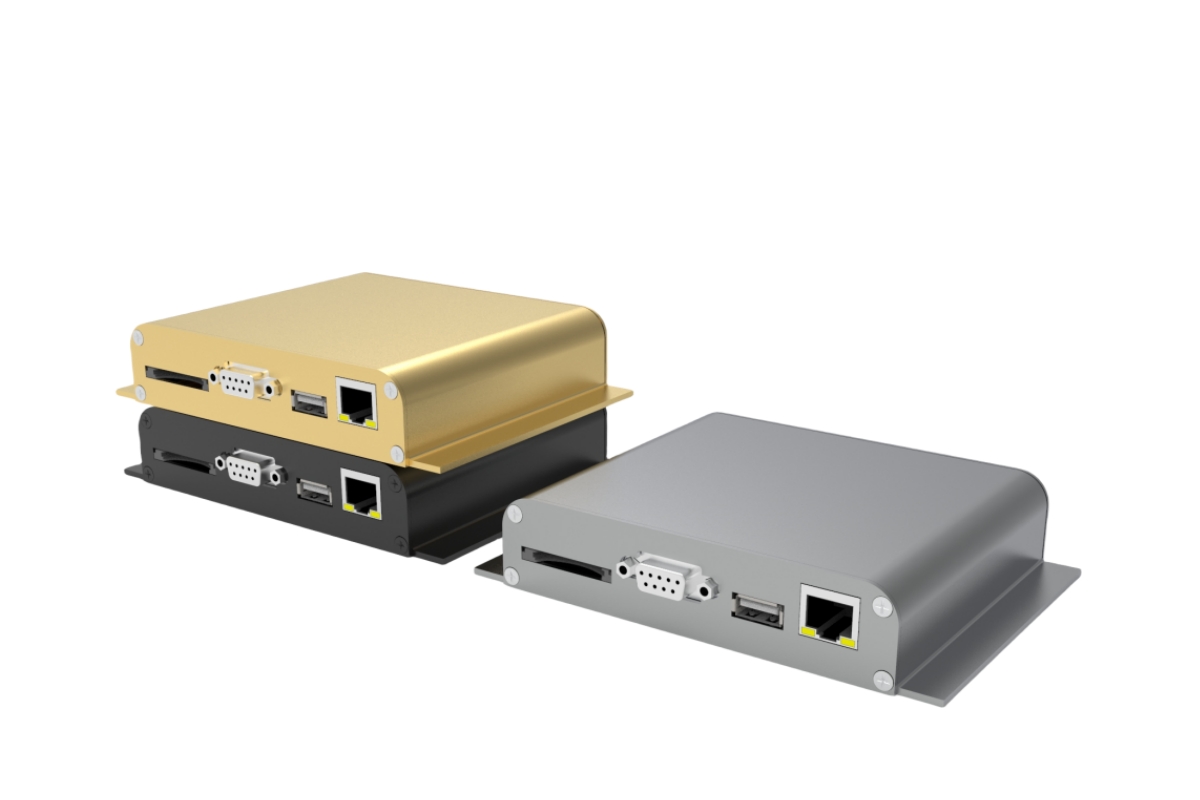
Benefits of Extruded Aluminum Frames
Extruded aluminum frames are designed for strength and efficiency. The extrusion process allows for highly customizable profiles, meaning manufacturers can create unique frame designs that fit specific needs. These frames are often used in wallmount enclosures because they provide both structural support and versatility for mounting different electronic components.
One of the key benefits of using an extruded aluminum frame is that it maintains a balance between weight and strength. For wallmount enclosures, this is crucial, as it ensures the enclosure can hold up under weight without being overly heavy or cumbersome. Additionally, extruded aluminum frames are corrosion-resistant, thanks to the natural oxide layer that forms on aluminum, making them suitable for both indoor and outdoor applications.
| Feature | Extruded Aluminum Frames |
|---|---|
| Strength-to-Weight Ratio | High, ideal for heavy-duty applications. |
| Corrosion Resistance | Natural oxide layer protects against corrosion. |
| Customizability | Easy to design and adapt for different needs. |
| Durability | Long-lasting and resistant to wear. |
Due to these advantages, extruded aluminum frames are used in everything from electronics enclosures to larger structural components, providing both form and function.
What is an Extruded Aluminum Screen?
An extruded aluminum screen is a mesh or grille made from aluminum, commonly used for ventilation, protection, or filtration. These screens are made by extruding aluminum into the desired shape, often with fine perforations or slots for airflow or visibility.
An extruded aluminum screen is a durable, lightweight protective barrier often used in enclosures or external systems.
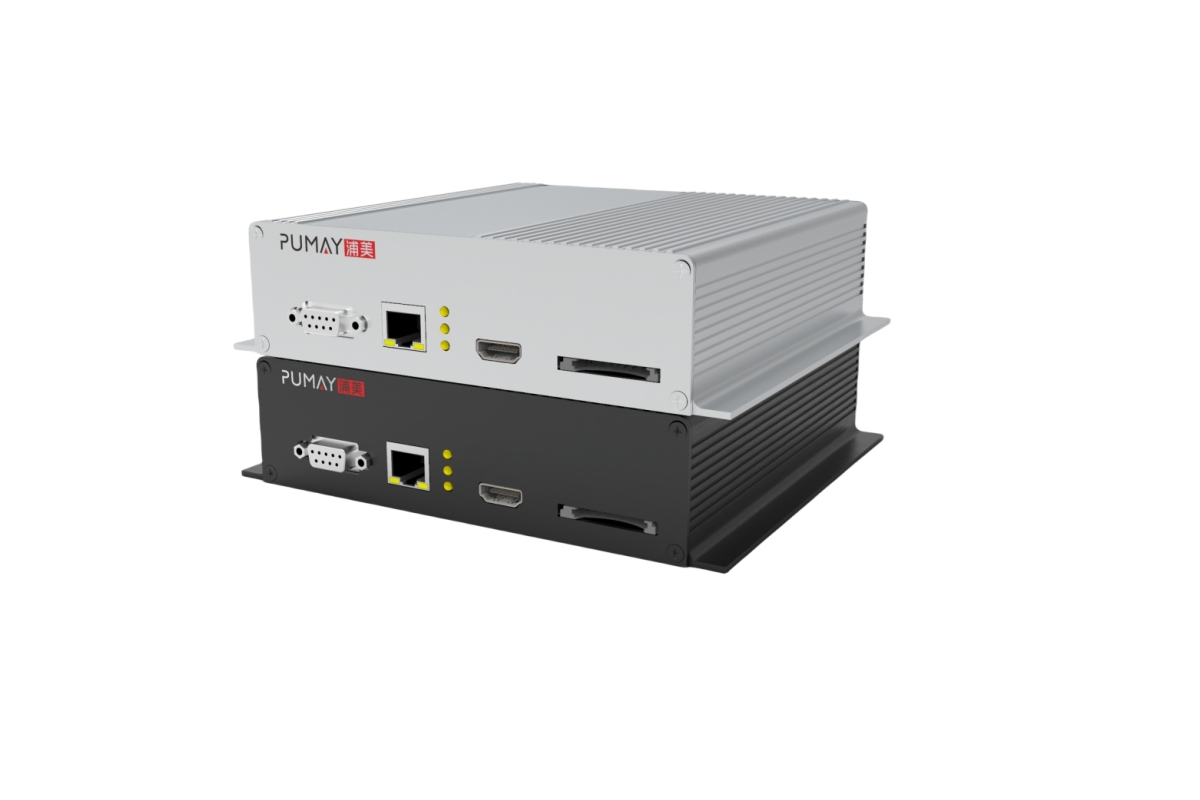
The Role of Extruded Aluminum Screens
Extruded aluminum screens are frequently used in wallmount enclosures to protect the internal components from dust, debris, or insects while still allowing for ventilation. The aluminum material ensures that the screen is durable and resistant to corrosion, making it ideal for outdoor or industrial applications where exposure to the elements is common.
These screens can be customized to fit specific enclosure designs, offering a balance between aesthetics and functionality. The perforations in the aluminum screen allow for proper airflow, which is crucial for cooling the components inside the enclosure, preventing overheating and potential failure.
| Feature | Extruded Aluminum Screens |
|---|---|
| Durability | Corrosion-resistant and sturdy. |
| Airflow | Allows ventilation to prevent overheating. |
| Customizability | Easily molded to fit any enclosure shape. |
| Protection | Shields components from dust and debris. |
Extruded aluminum screens are a key component in enclosures that require both environmental protection and efficient cooling for electronic devices.
How to Tell if Aluminum is Cast or Extruded?
Knowing whether aluminum is cast or extruded can help you determine the best material for your enclosure needs. Cast aluminum is poured into a mold, while extruded aluminum is forced through a die.
The key difference is that cast aluminum has a more complex shape and is suitable for larger, one-piece parts, while extruded aluminum has a constant cross-sectional profile and is best for creating long, custom shapes.
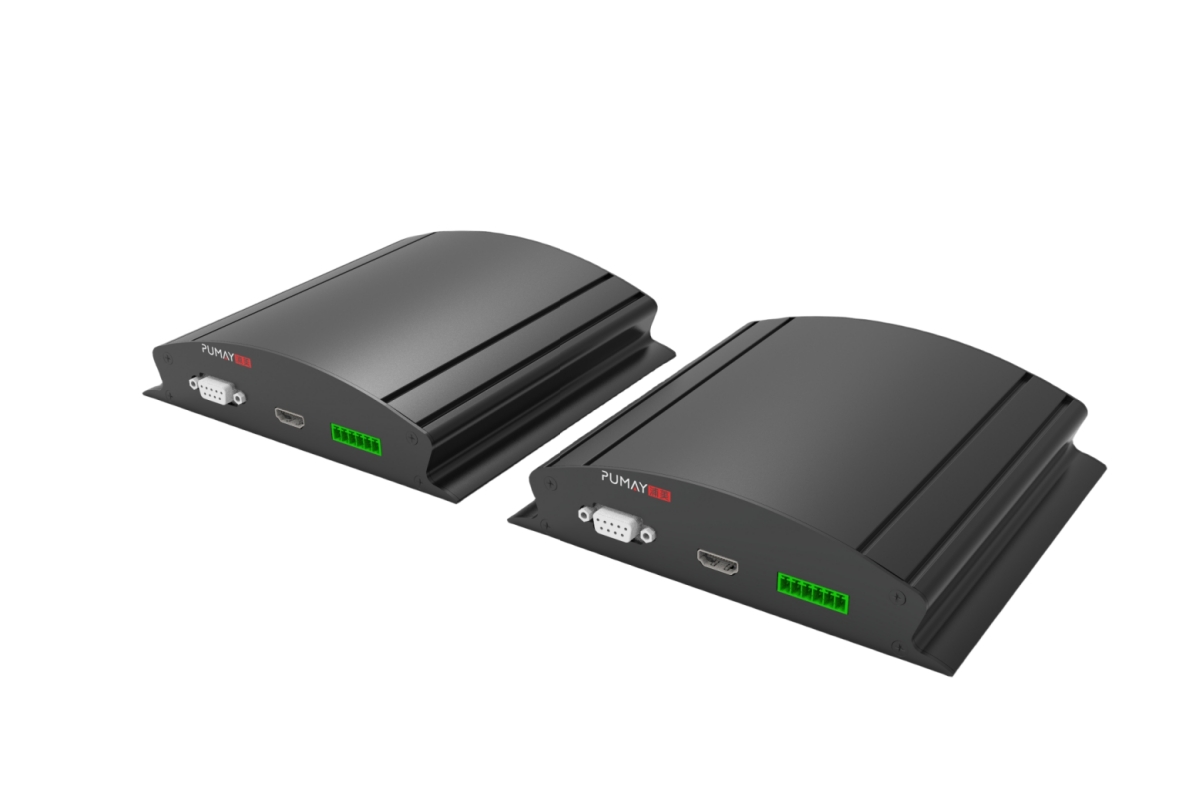
Identifying Cast vs. Extruded Aluminum
The easiest way to tell if aluminum is cast or extruded is by examining the surface and shape. Cast aluminum typically has a more textured surface, with visible seams or areas where it was poured into a mold. The shape can also be more irregular.
Extruded aluminum, in contrast, has a smoother surface and uniform shape along its entire length. It often features specific profiles like channels, grooves, or cutouts that are impossible to achieve with casting. If you see long, continuous shapes or highly customized sections, it’s most likely extruded aluminum.
| Factor | Cast Aluminum | Extruded Aluminum |
|---|---|---|
| Surface Texture | Often rough or textured. | Smooth with consistent profile. |
| Shape | Irregular, molded to a shape. | Continuous, customizable. |
| Applications | Large parts, complex shapes. | Custom parts, long sections. |
By carefully inspecting the material, you can easily identify whether the aluminum is cast or extruded.
Is Extruded Aluminum Good?
Extruded aluminum is highly regarded for its combination of strength, light weight, and versatility. It is a top choice for applications that require custom shapes, such as wallmount enclosures for electronics.
Extruded aluminum is an excellent material for most enclosure applications, offering superior strength, corrosion resistance, and design flexibility.
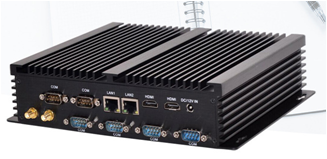
Why Extruded Aluminum is a Top Choice
One of the primary advantages of extruded aluminum is its ability to be tailored to specific applications. Unlike other materials, extruded aluminum can be shaped to create unique profiles, making it ideal for complex enclosures like wallmounts, where space and design considerations are critical.
Moreover, extruded aluminum provides excellent thermal conductivity, which is vital for electronics that generate heat. The material allows for efficient heat dissipation, preventing internal components from overheating. Additionally, aluminum is naturally resistant to corrosion, which ensures a longer lifespan for products exposed to various environmental conditions.
| Benefit | Extruded Aluminum |
|---|---|
| Strength | High strength-to-weight ratio. |
| Customization | Easy to create custom profiles. |
| Durability | Resistant to corrosion and wear. |
| Thermal Conductivity | Excellent for heat dissipation. |
Extruded aluminum’s combination of lightweight durability, customizability, and thermal efficiency makes it an ideal choice for enclosures across many industries.
Conclusion
Wallmount extruded aluminum enclosures are a robust, customizable solution for housing sensitive electronic components. With their durability, heat dissipation properties, and corrosion resistance, they are an excellent choice for industries requiring high-quality, long-lasting enclosures.

